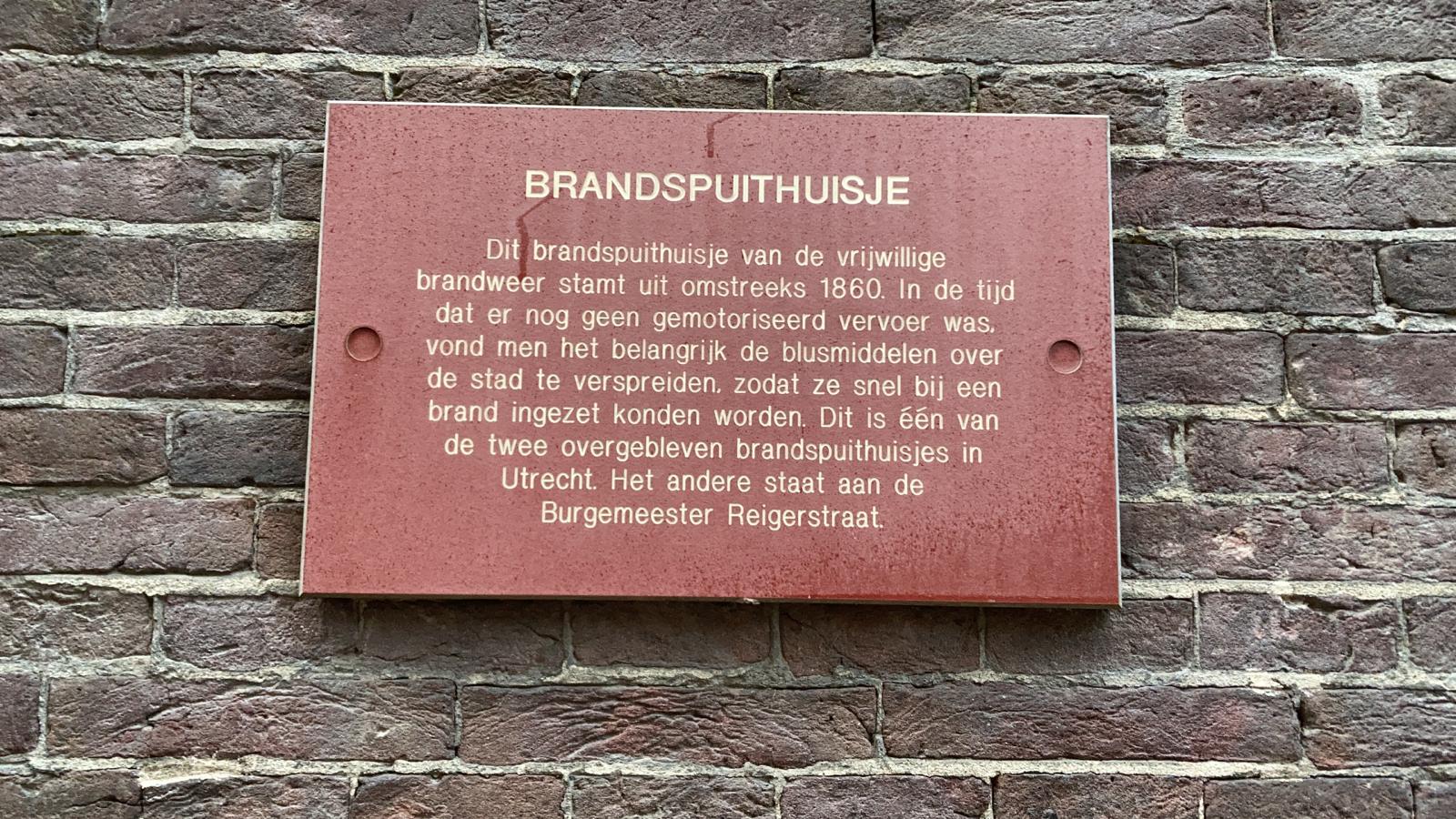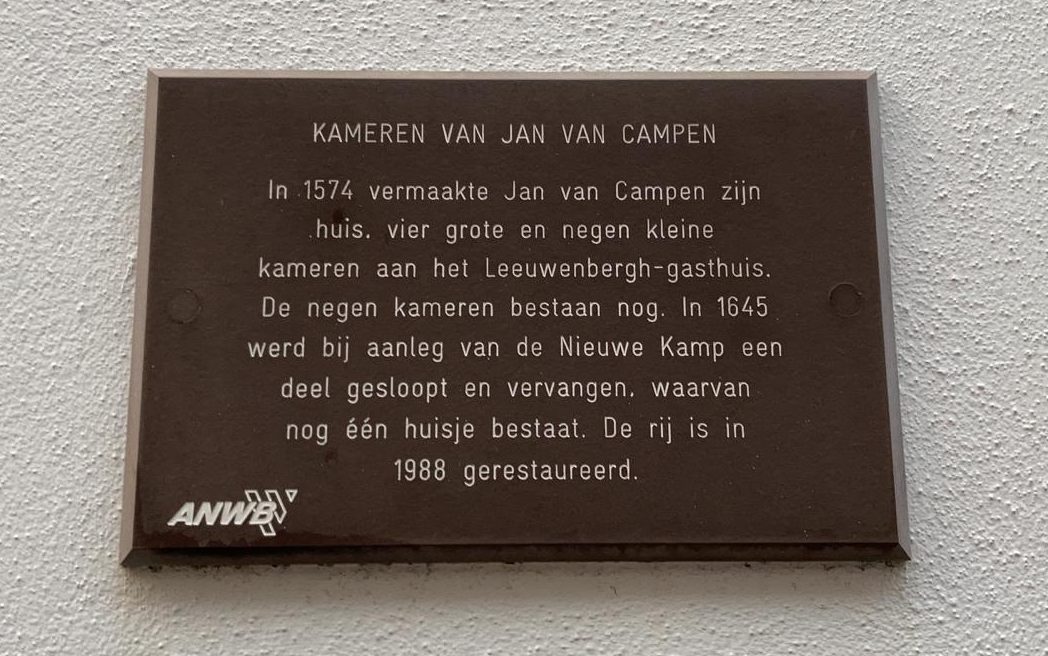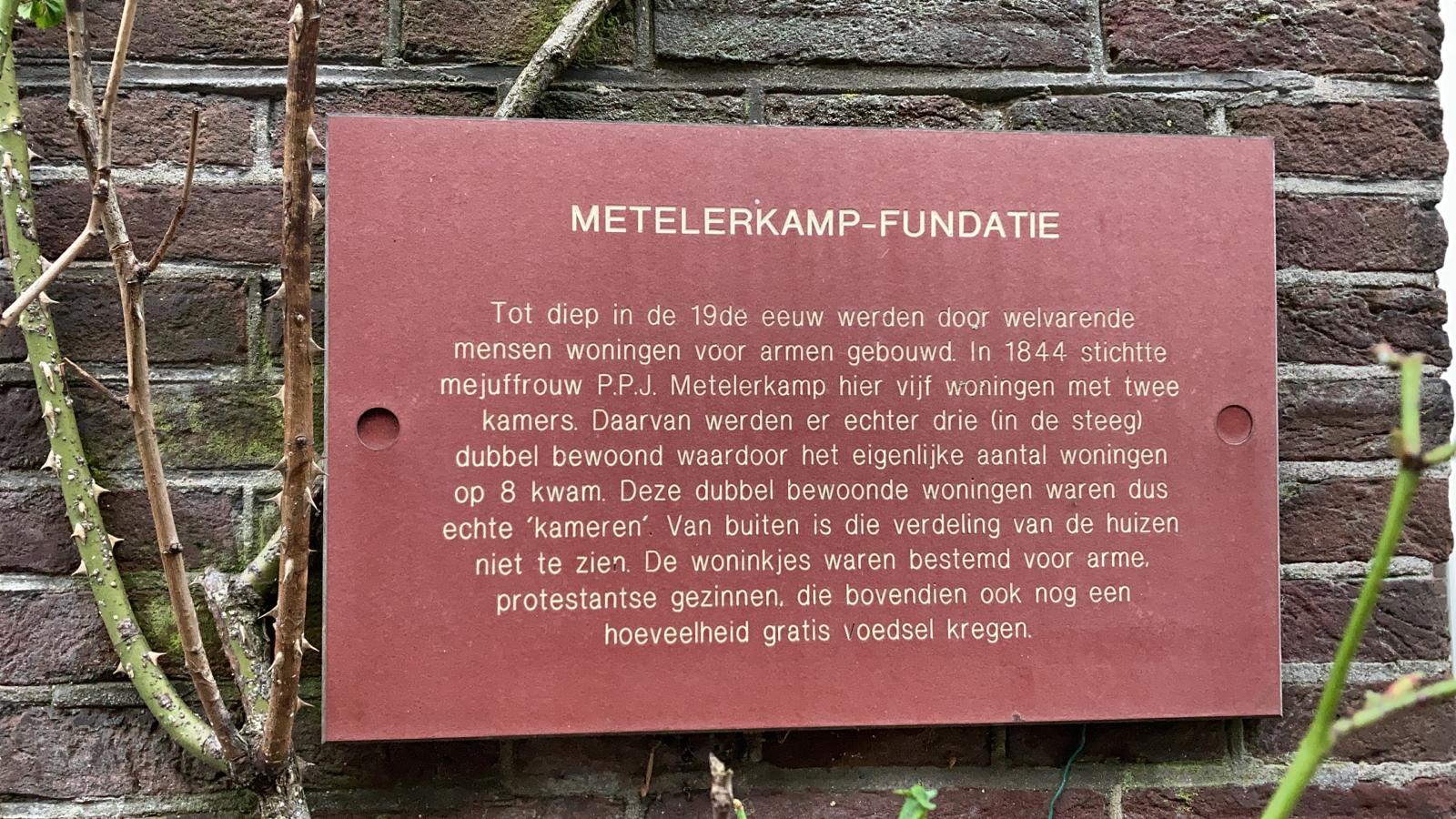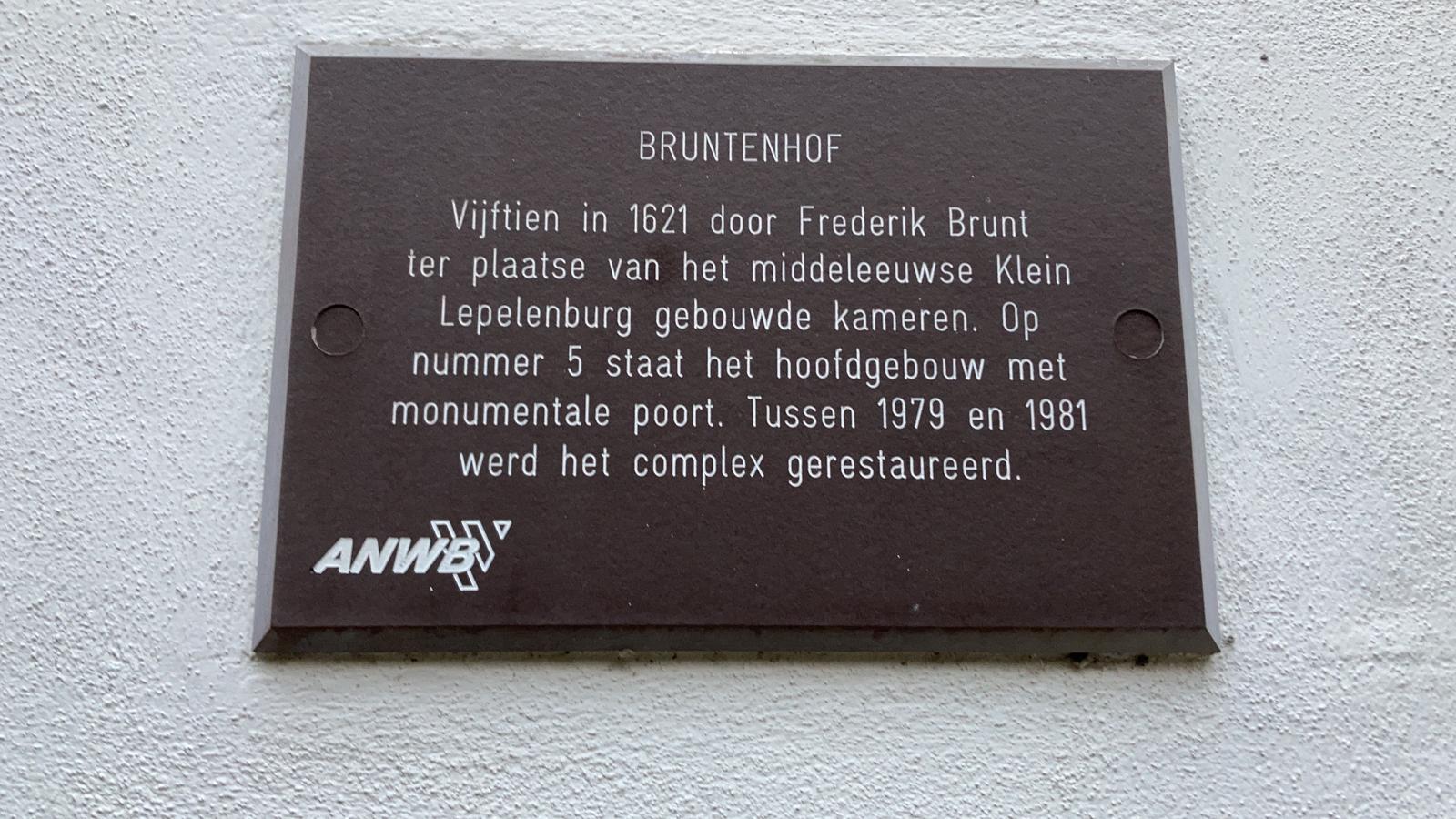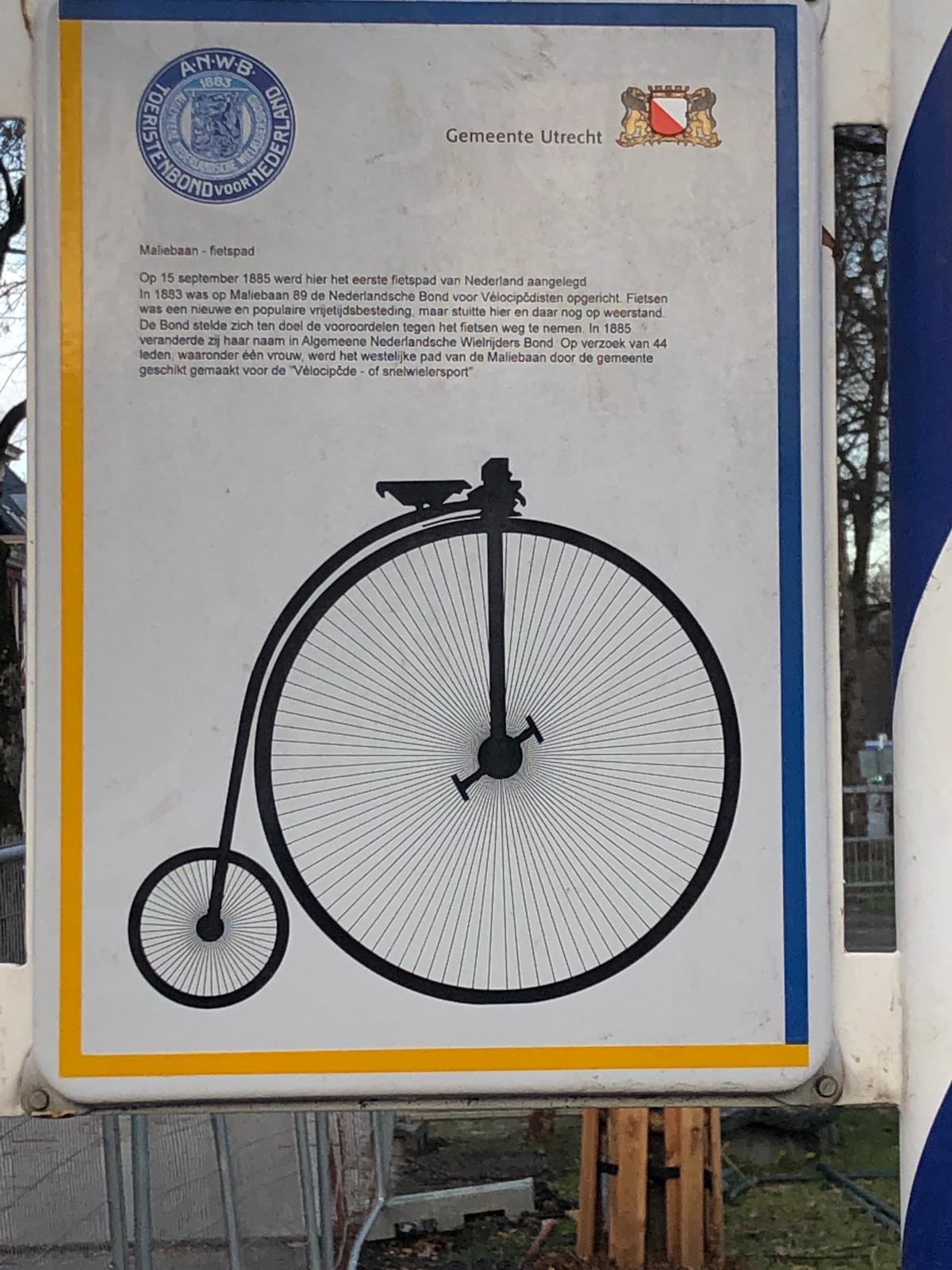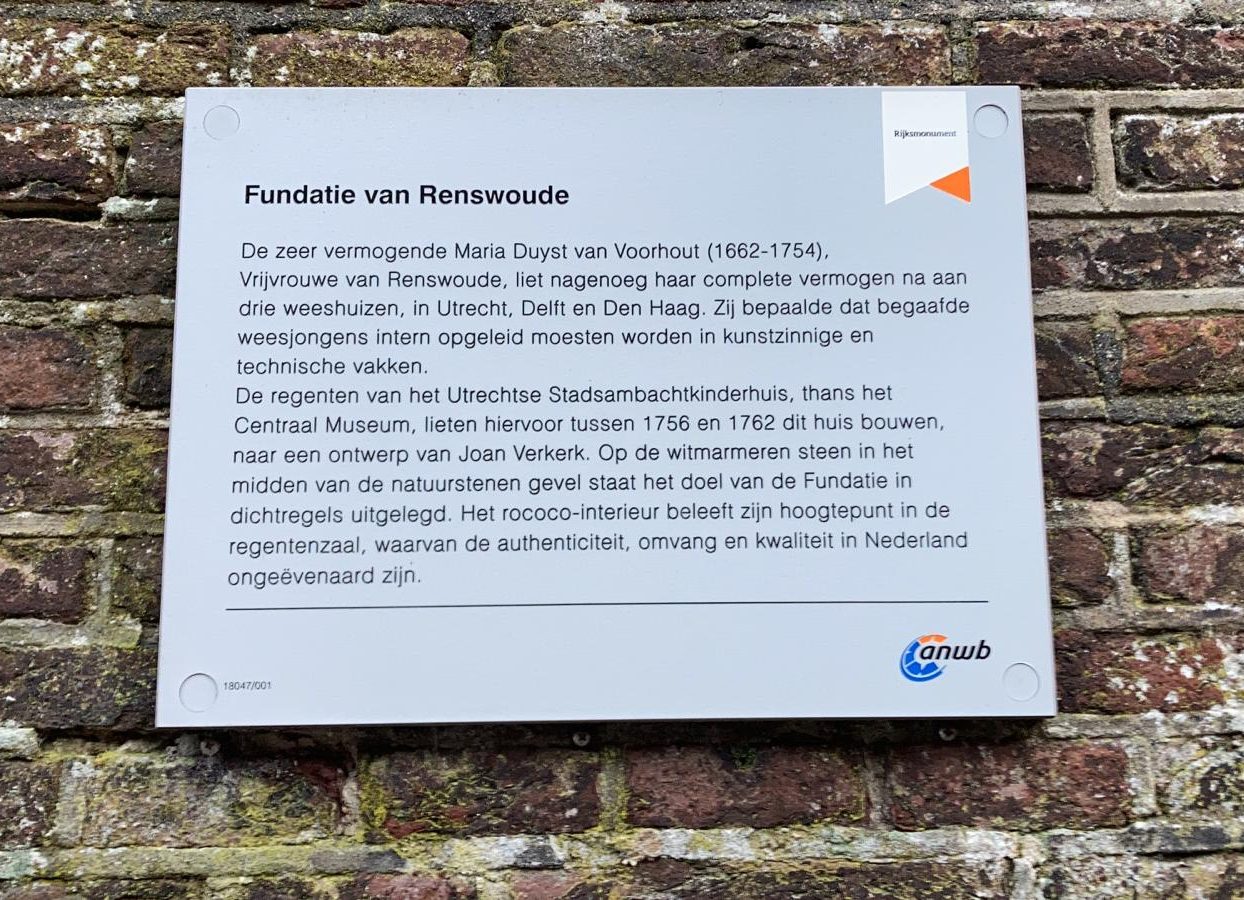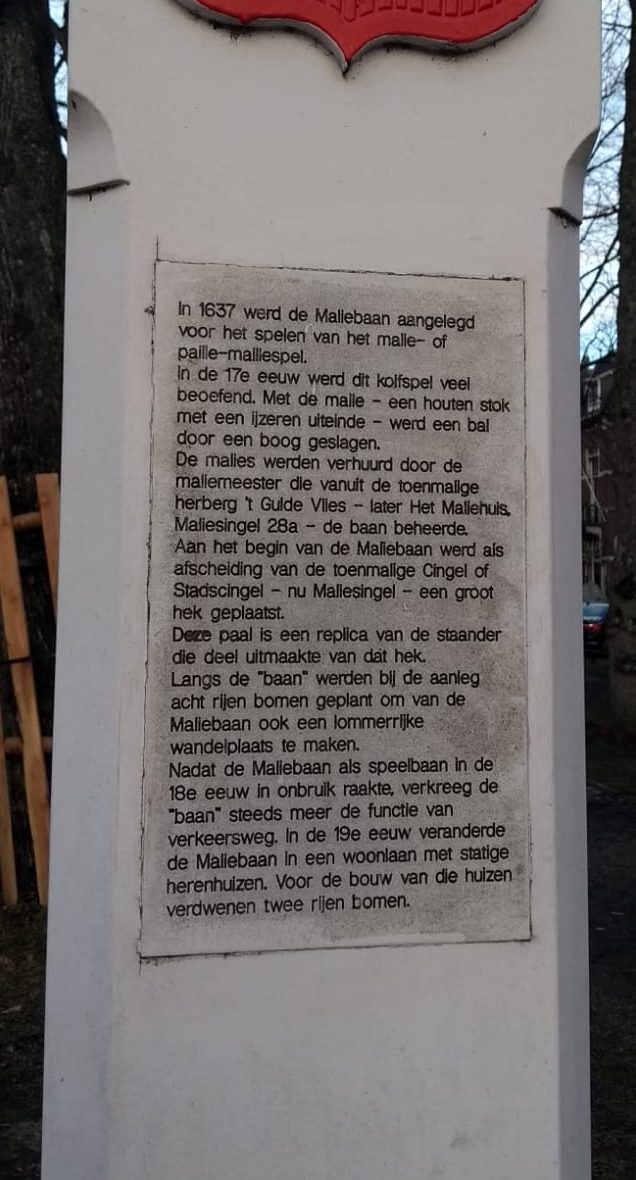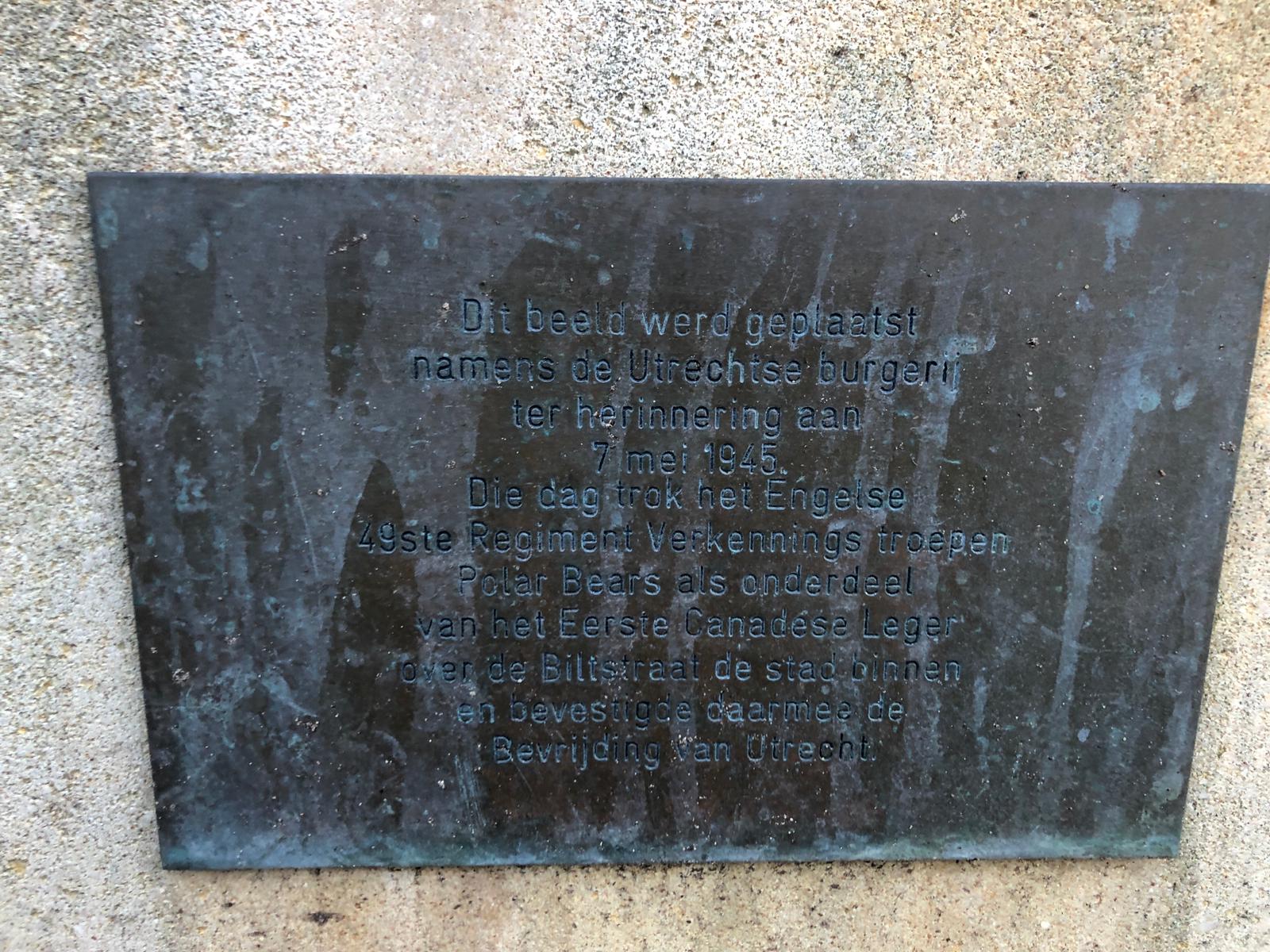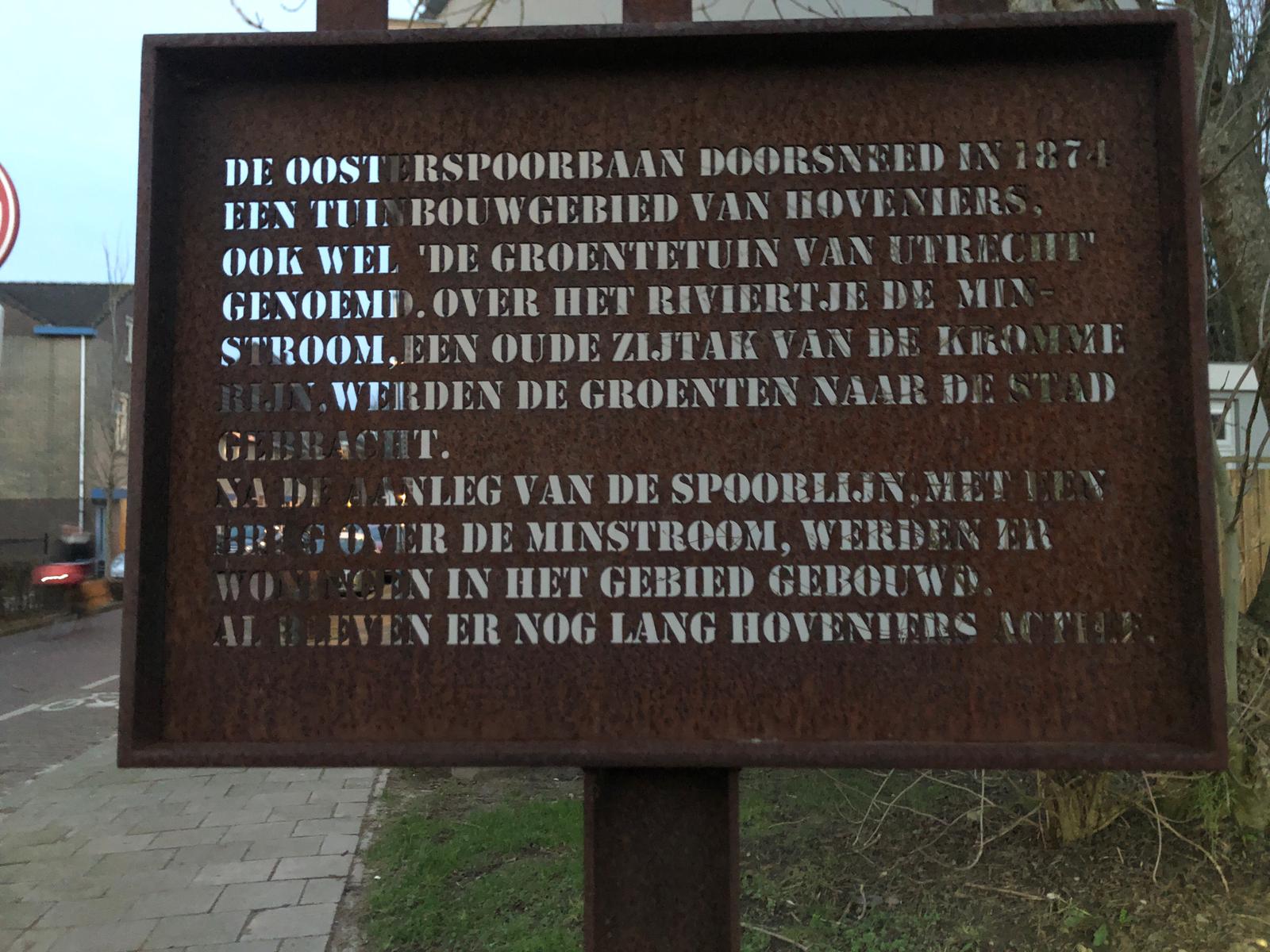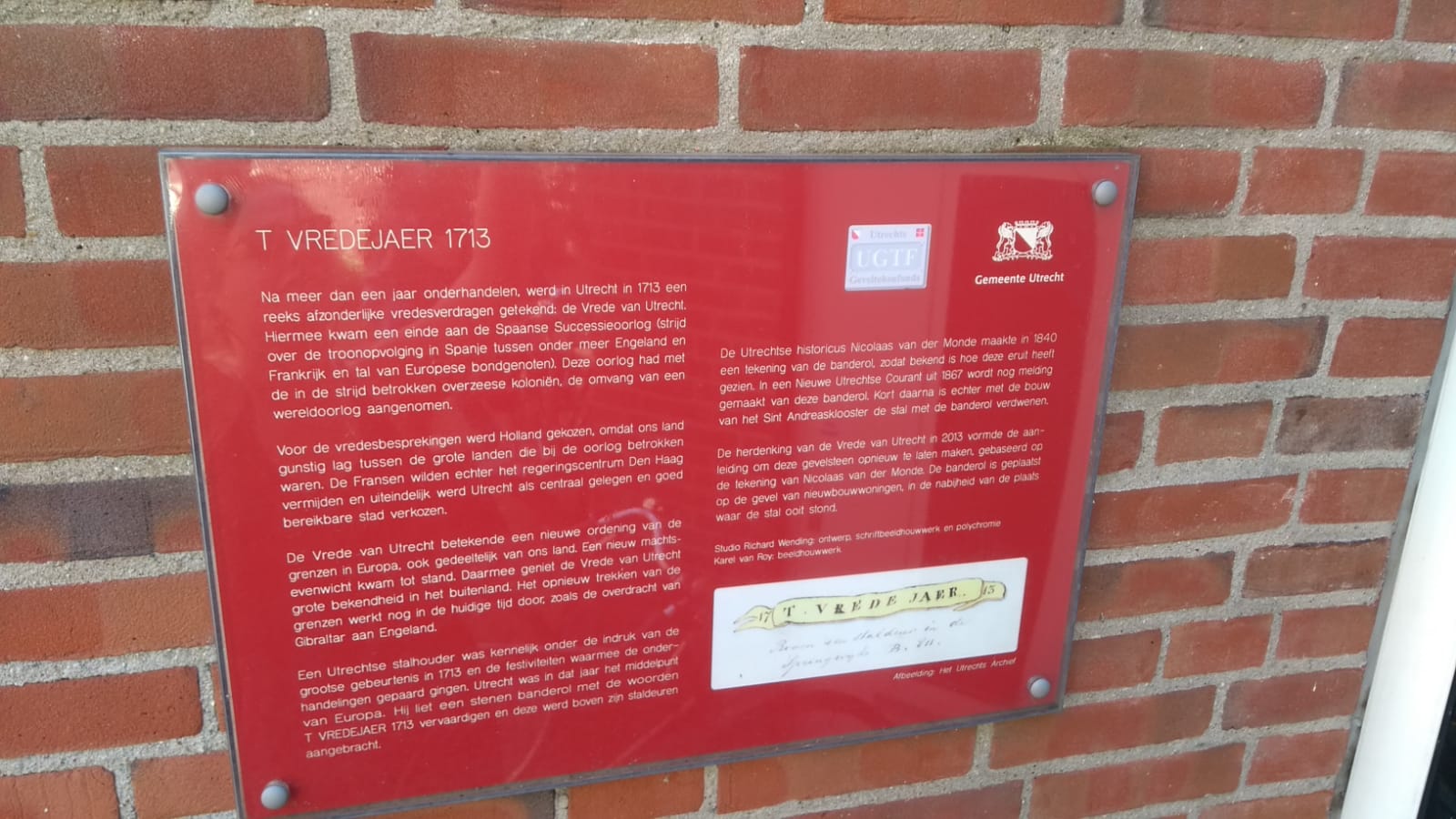fire extinguisher house
extinguisher house This fire extinguisher house of the voluntary fire brigade dates from around 1860. In the time when there was no motorized transport, it was considered important to spread the apparel needed to extinguish fire throughout the city, so that they could be deployed quickly in the event of a fire. This is one […]

